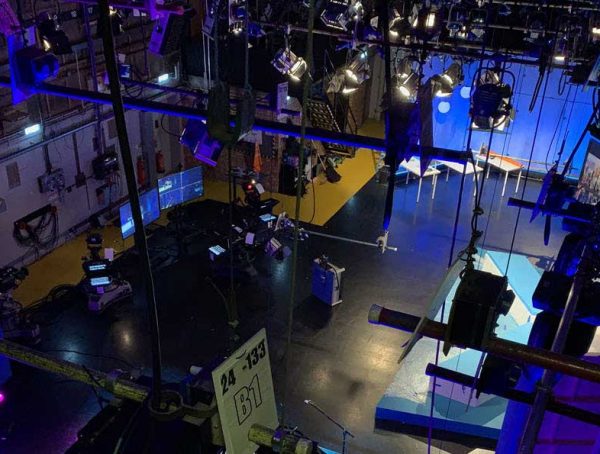News is all around us. Whether it be via social media apps, TikTok or the traditional nightly newscast, consumers have never had easier accessibility to what’s going on. The world is engulfed in this new digital age with many resources at its’ fingertips and it will only get better.
Not only is video storytelling the way of the present, it is showing every indication of being the way of the future even as society adapts and new technology is developed each day.
“What you’re holding in your hands right now, your telephone, that’s how it can change,” stated Rick Boone, News Director at WXXV25 News in Gulfport, Mississippi. “That’s the new TV screen. That’s our new way of “connectibility,” so if we can get viewers interested there, we can direct their attention back to the television.”
According to a 2023 study by Pew Research, a large majority of U.S. adults (86%) say they often or sometimes get news from a smartphone, computer or tablet, including 56% who say they do so often. The portion of Americans who often get news from television was 32% in 2023. Just 9% of Americans often turn to print publications for news. Boone notes that the simple fact that you can see the news instead of reading text on paper makes big difference.
“It’s pretty obvious when you look at something like Facebook and a view count. If it’s text, you’re looking at numbers in the hundreds. With video, it’s more in the thousands,” Boone said.
However technology and audience preferences continue to evolve. Some video storytellers feel as if their livelihoods are threatened by the rapid advancements certain Artificial Intelligence (AI) models have made in generating content. For example, OpenAI’s Sora relies on text prompts to create some astonishingly realistic videos in the hands of some expert creators.
But Josh Carter is a digital content manager at WLBT-TV in Jackson, Mississippi, and he believes video journalism is safe from being overtaken by AI.
“A lot of business are worried that AI is going to take their jobs, but with journalism, a robot can’t go out and witness/report on a crime scene or get a quote from a source,” Carter said.
AI Is likely going to influence video journalism production, however. Editing algorithms already have the capability to identify and select the best shots, trim and merge clips automatically, and even suggest creative transitions and effects.
Even then, Boone says, the impact may be felt outside journalism long before it affects the news industry.
“You have to understand the medium in which you are working in, first,” Boone said. “You need to have that mindset of going beyond the box and showing the viewers something they want to see or are interested in.”








